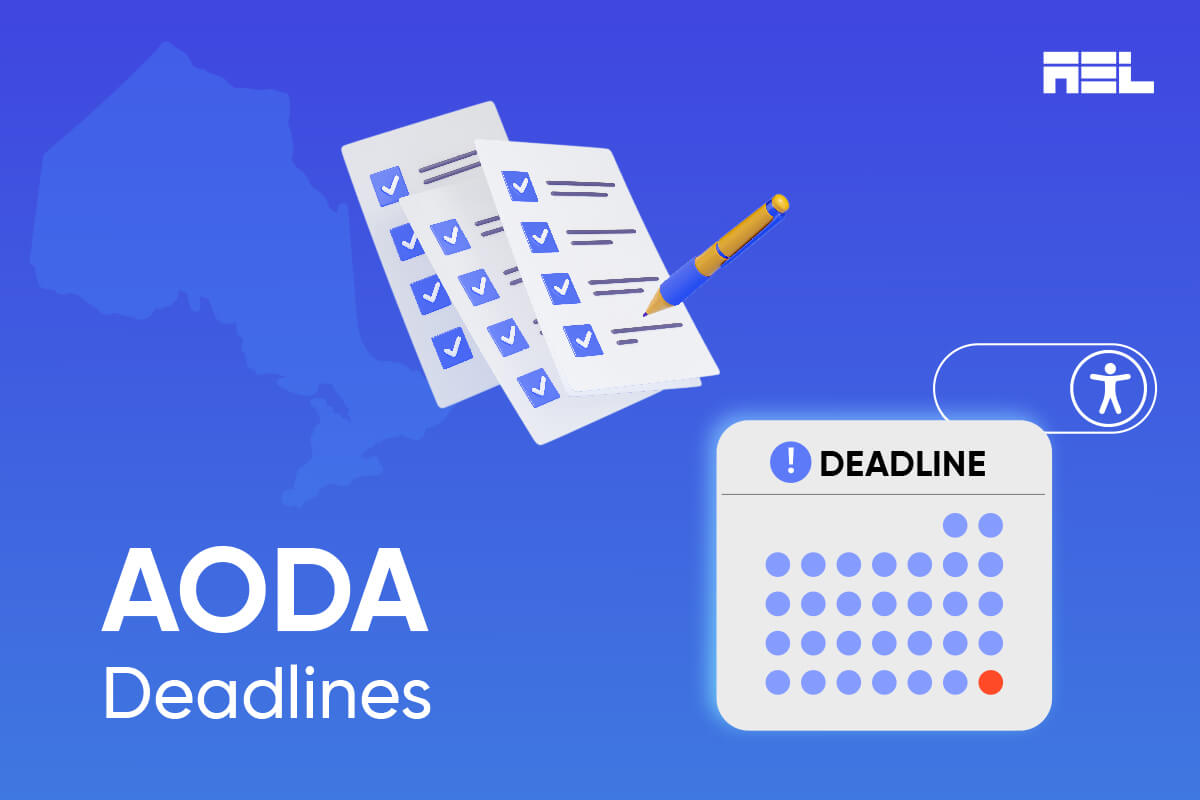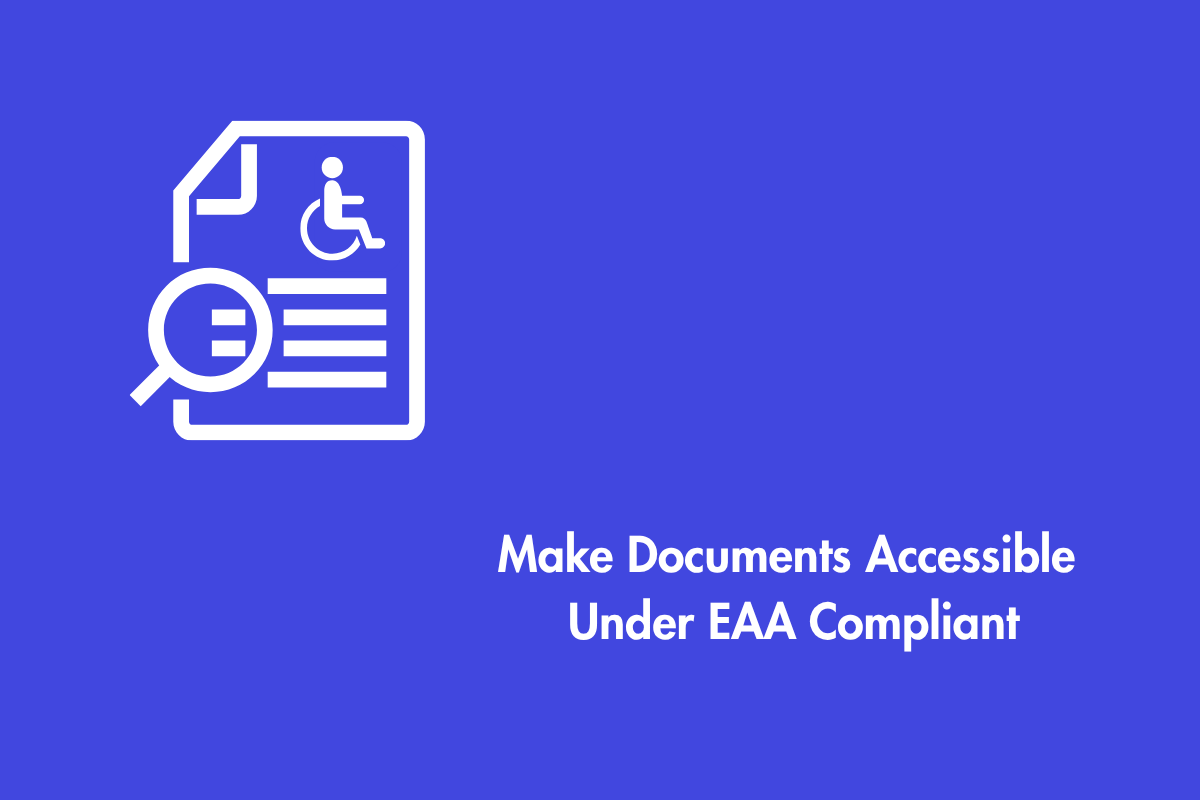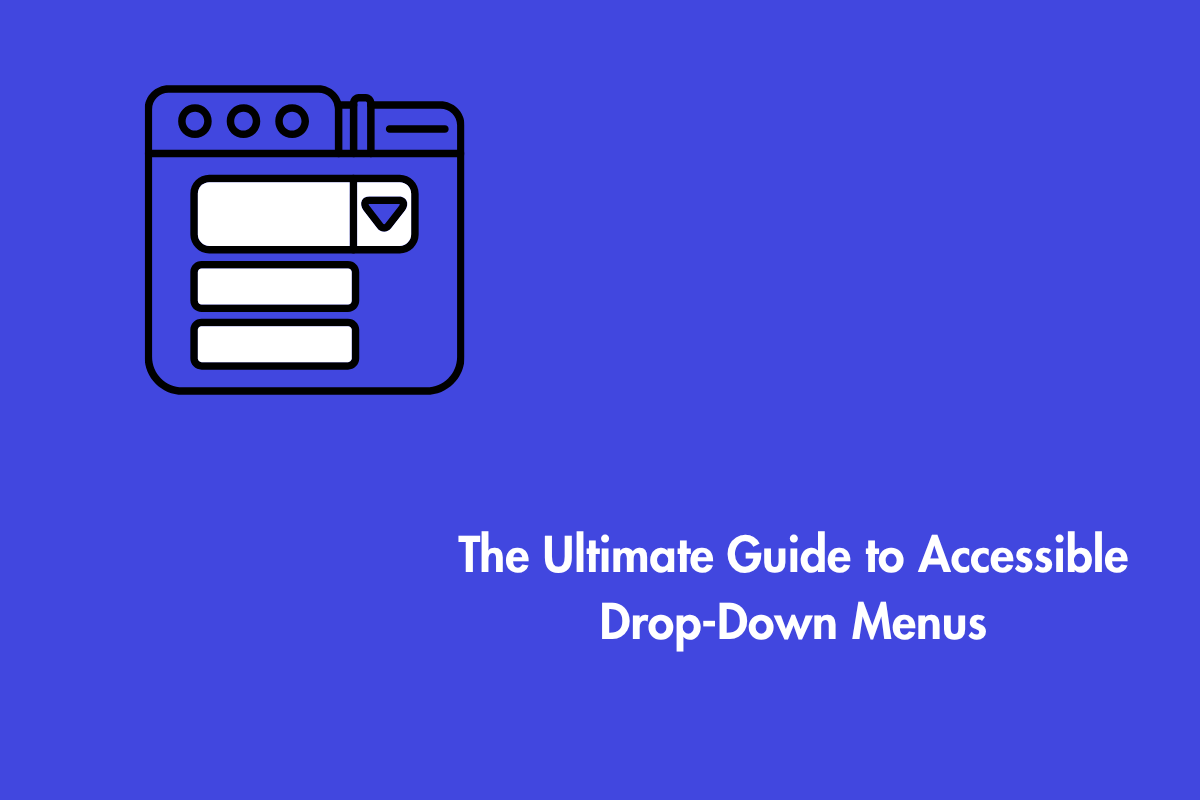You’ve probably heard about the approaching AODA for your Ontario-based business. But what does it mean for your organization, and how much time do you have? In this blog, we’ll delve into that and provide further insights into AODA.
Table of Contents
Understanding AODA:
When one says “AODA”, it refers to the Accessibility for Ontarians with Disabilities Act of 2005, which holds paramount importance in the legal framework of Ontario, Canada.
This law outlines a comprehensive set of accessibility standards that every organization in Ontario must adhere to to come together and ensure accessibility for people with disabilities.
The primary goal of AODA is to move Ontario towards a more inclusive and accessible environment for individuals with disabilities. The government of Ontario places a substantial emphasis on identifying, eliminating, and preventing barriers that may put hurdles in the path of full participation for people with disabilities.
They have set a goal to achieve complete accessibility across the province by 2025. It’s worth noting that Ontario is a trailblazer in this arena. It was the first province worldwide to enact not only specific goals for accessibility but also to establish a clear timeline for their accomplishment.
AODA plays a pivotal role in their ongoing commitment to building a society where everyone, regardless of their abilities, can actively engage in everyday life. The government extends a call to businesses, organizations, and communities to unite together and work collectively toward this shared goal.
Hefty penalties are imposed on people who do not adhere to AODA standards. Organizations that fail to comply with the standards may face penalties of up to $100,000 per day. Furthermore, the key C-level staff of non-compliant organizations may also be held accountable, facing fines of up to $50,000 per day.
AODA Deadlines Unveiled
The crucial thing to know is that if your organization employs 20 or more individuals in Ontario (excluding volunteers, contractors, or those outside of Ontario), a critical requirement awaits: you must submit an AODA Compliance Report by December 31, 2023.
Meeting the Deadline
Thus, the AODA compliance deadline is rapidly approaching for Ontario businesses with 20 or more employees. If your organization falls into this category, remember that you must submit your AODA Compliance Report.
While extensions are possible, they are rare and are only granted by the government, affecting all businesses collectively rather than individual ones.
The Five Essential AODA Standards
The AODA encompasses five essential standards that are aimed at helping organizations identify and eliminate barriers for people with disabilities in various aspects of daily life.
These standards are crucial for promoting inclusivity and accessibility throughout Ontario.
- Customer Service Standards
These standards ensure that goods, services, and facilities are accessible to everyone, promoting inclusivity.
- Information and Communication Standards
These standards help organizations make their information easy to understand and access for everyone, fostering inclusiveness.
- Transportation Standards
These standards focus on making travel within Ontario accessible and convenient for everyone, especially on public transportation. The goal is to ensure that no one faces barriers while moving around.
- Employment Standards
These standards aim to improve hiring practices and provide equitable support for employees with disabilities, promoting inclusion in the workforce.
- Design of Public Space Standards
These standards focus on making outdoor public areas accessible, ensuring that public spaces are welcoming and usable for everyone.
Each of these five AODA standards outlines specific rules and requirements that organizations across Ontario must follow to enhance accessibility.
For example, organizations must provide information in accessible formats and offer communication support when needed.
Two New AODA Standards are currently Under Development
- Health Care Standards
These standards will offer guidance to healthcare providers, specifically addressing accessibility in medical settings. For example, they will provide direction on creating accessible hospital rooms to improve healthcare accessibility.
- Education Standards
These standards will tackle barriers faced by students from kindergarten to grade 12, as well as within the university and college education systems. They aim to provide specific solutions to ensure equitable access to education.
These new standards are being introduced to address accessibility challenges that the existing five AODA standards may not fully cover.
Understanding IASR:
In the pursuit of enabling and ensuring accessibility for individuals with disabilities in Ontario, businesses are mandated to adhere to a set of regulations known as the Integrated Accessibility Standards Regulation (IASR).
These rules have been carefully designed to prevent and remove obstacles that may impede people with impairments.
Compliance with the guidelines set out by the AODA is highly valued by the IASR. Put another way, this would imply that companies have to completely comply with the responsibilities outlined in the Ontario Human Rights Code, or “Code,” and meet the AODA standards.
In cases of conflicts between two laws, the one providing a higher level of accessibility takes precedence and must be followed.
It’s crucial to understand that the IASR requirements and standards are not intended to replace the obligations outlined in the Ontario Human Rights Code.
These regulations don’t limit an organization’s responsibilities under any other legislation, either. In cases of conflict between two laws, the one that offers a higher level of accessibility would prevail and be upheld.
The AODA standards are a key part of the IASR. Within the IASR, there are general requirements that apply, on top of the specific standards. These encompass the following:
- Providing training to both staff and volunteers.
- Developing an accessibility policy
- Creating a multi-year accessibility plan and ensuring it gets updated every five years
- Taking accessibility into account when making procurement decisions and when designing or purchasing self-service kiosks
Now, let’s delve into who is obligated to comply with the IASR. This regulation covers businesses and organizations that employ at least one person and provide goods, services, or facilities to the public.
It would also apply to various other types of businesses and organizations. This encompasses a wide range, including
- Businesses or nonprofits,
- Public sector entities,
- Municipalities,
- Educational institutions,
- Producers of educational materials, and
- Library boards.
As for the compliance deadline for the IASR, it depends on the type and size of the business or organization. The deadlines for compliance can vary between January 1, 2012, and December 31, 2025.
Extending AODA Deadlines
It’s vital to understand that the Ministry takes AODA deadlines in 2023 seriously, and extensions are relatively rare.
If your organization employs 20 or more individuals in Ontario (excluding volunteers, contractors, or those outside of Ontario), you must submit an AODA Compliance Report by December 31, 2023.
What if you don’t comply?
- It’s not uncommon for organizations to find themselves non-compliant as the AODA reporting deadline approaches.
- However, non-compliance should not deter you from filing a report. The government urges all businesses to submit a report, irrespective of their compliance status.
- One’s report must clearly state that your organization is non-compliant with one or more of the AODA requirements. It should also outline the steps you’re taking to achieve compliance.
- The government can provide support with tools, resources, and support to organizations that are not in ADA compliance, to help them expedite their journey toward achieving AODA compliance.
- However, it’s important to note that even if one files a report, non-compliance can still lead to penalties. These fines may be significantly higher if you fail to file a report altogether.
- Moreover, non-compliance may leave your business susceptible to lawsuits from consumers.
Is meeting AODA compliance enough?
- Meeting AODA reporting deadlines is just the beginning; ADA compliance is an ongoing, evolving process.
- As a business and website owner, it is your responsibility to consistently work toward providing your customers with a more accessible and inclusive experience.
- Determining AODA compliance for your website: To assess your website’s compliance with AODA standards, organizations should follow the globally recognized Web Content Accessibility Guidelines (WCAG) 2.0.
These guidelines revolve around four fundamental principles of accessibility:
- Perceivable,
- Operable,
- Understandable, and
- Robust.
Compliance with the standards applies to every facet of your website, including web page content, videos, images, charts, audio files, PDF documents, and so on.
What is the AODA report?
- The AODA Compliance Report is a crucial assessment for organizations to confirm their adherence to AODA’s accessibility standards. Failing to submit it can lead to enforcement actions and penalties.
- This report, available as a downloadable form, contains yes-or-no questions about AODA compliance. It must be certified by a senior officer with legal authority.
- In case your organization undergoes changes in size, contact information, or address following the report’s submission, it is essential to inform the Ontario government of these changes.
- This accessibility compliance report serves as an online self-reporting mechanism, informing the Ministry for Seniors and Accessibility about your organization’s compliance with the AODA and the IASR.
It includes questions, such as
- Has your organization formulated and put into practice written policies outlining how it intends to meet the accessibility requirements specified in the IASR?
- Has your organization established and executed a yearly plan for enhancing accessibility?
- Does your organization provide appropriate training on the AODA and the Human Rights Code, specifically about individuals with disabilities?
- Does your organization have a mechanism in place to receive and respond to feedback that is accessible to people with disabilities?
Furthermore, for organizations in Ontario with 50 or more employees, additional questions need to be considered:
- Does your organization control one or more websites, either directly or indirectly?
- Do all websites controlled by your organization conform to the Web Content Accessibility Guidelines 2.0 Level AA set by the World Wide Web Consortium, except for live captions and prerecorded audio descriptions?
To complete your accessibility compliance report, you can visit the Government of Ontario’s Central Forms Repository, download the Accessibility Compliance Reporting Form, and respond to the questions. If needed, you can request the form in an alternate format by emailing accessibility@ontario.ca.
Wrapping It Up
AODA reporting deadlines aren’t about burdening businesses but about building an inclusive society in Ontario. Let’s work together to make a more inclusive society. For guidance on AODA compliance, reach out to AEL Data. We’re here to assist you on this journey.



